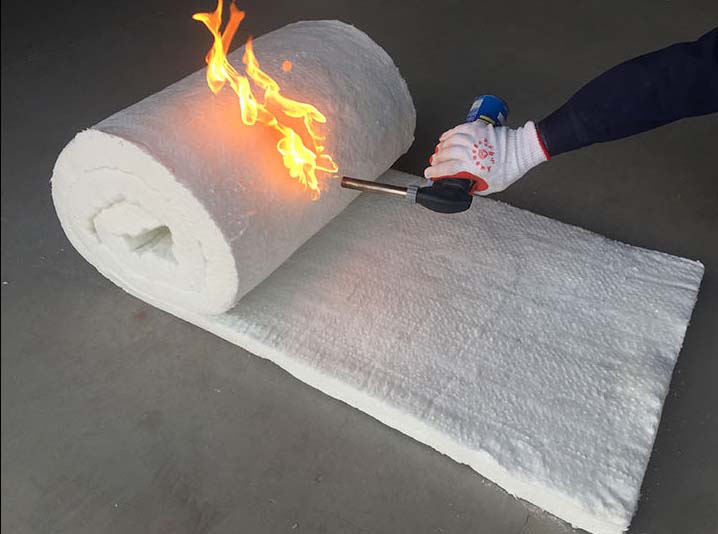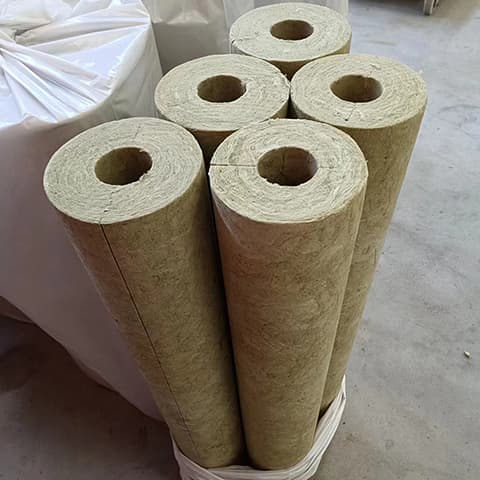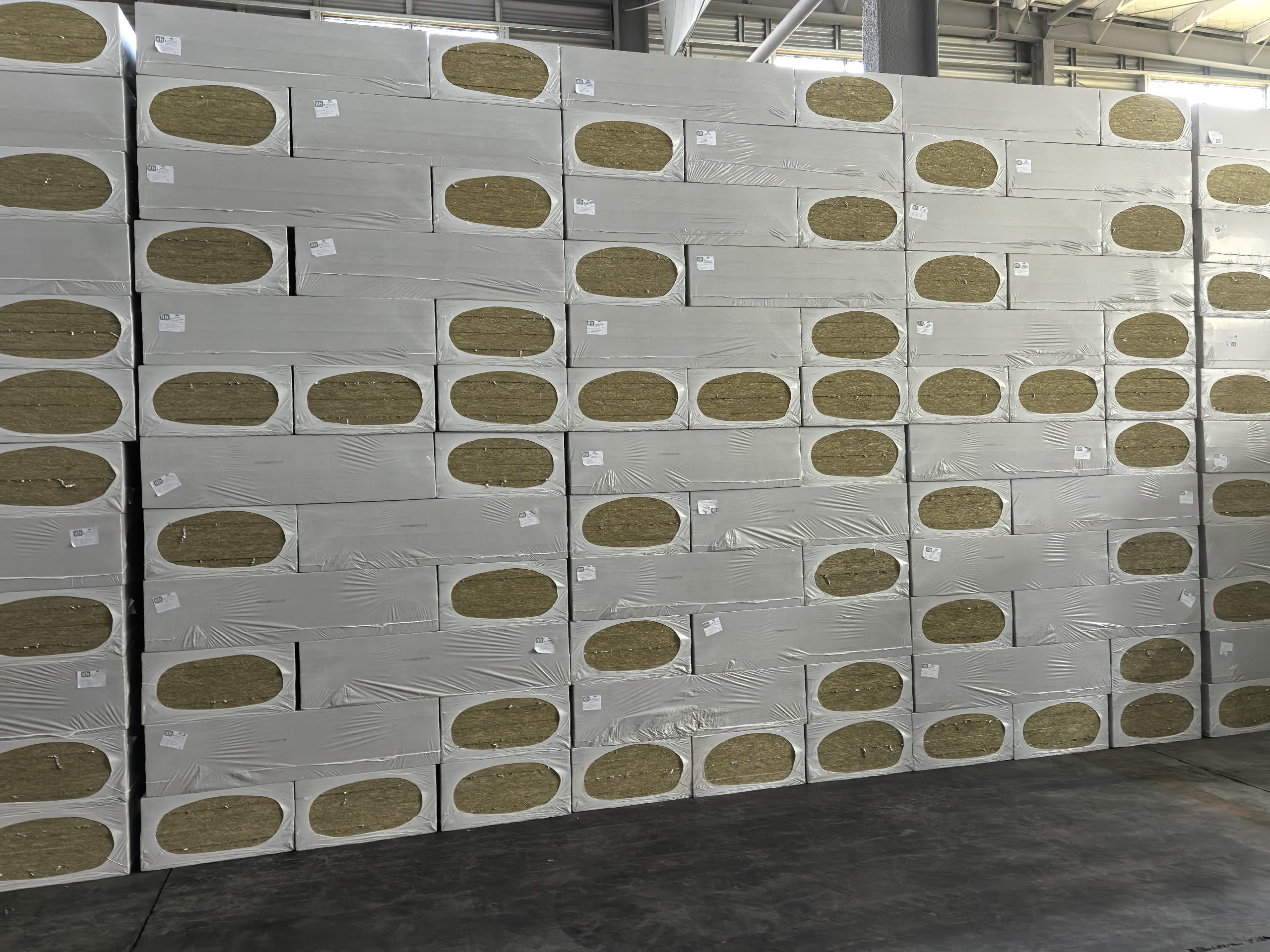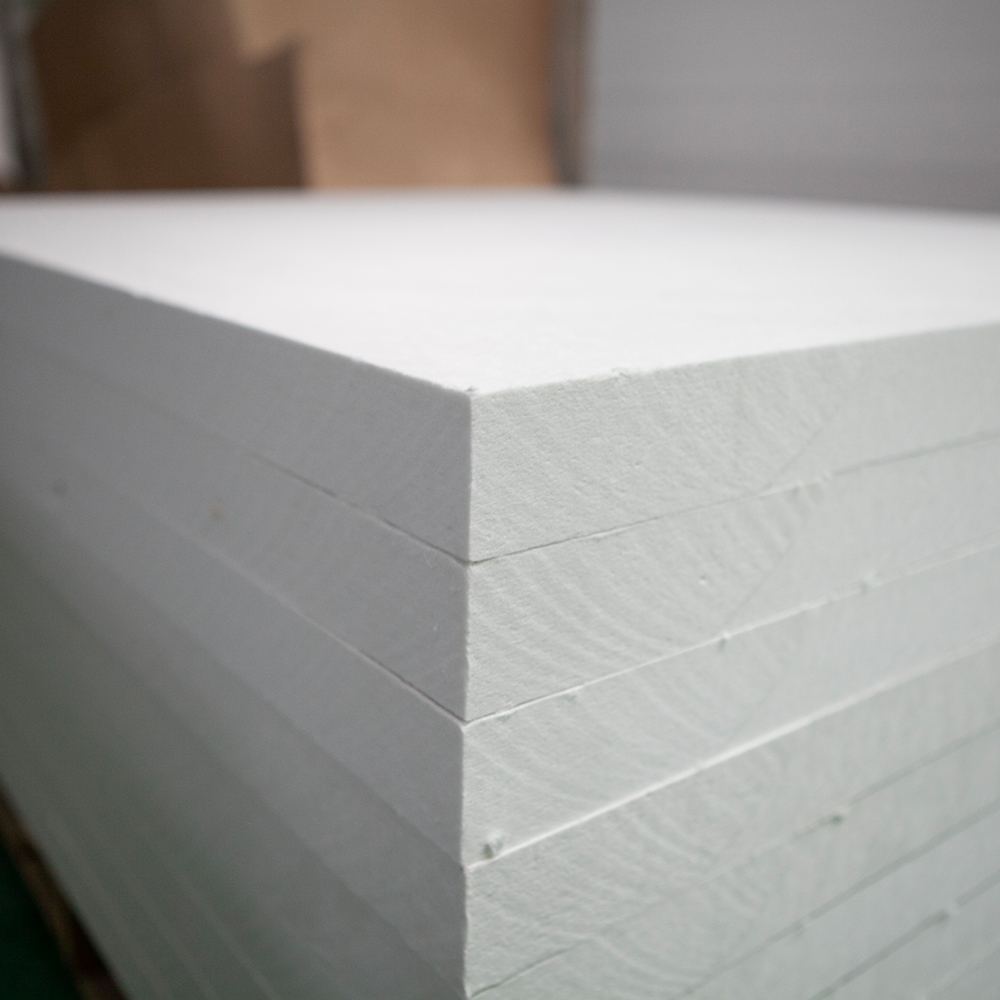Ceramic fiber blankets are widely used in various industries due to their excellent thermal insulation, high - temperature resistance, and flexibility. However, while these materials offer numerous benefits, it is crucial to be aware of the potential safety risks associated with their handling. Understanding and adhering to proper safety protocols can prevent health issues and ensure a secure working environment. This article outlines the key safety considerations when dealing with ceramic fiber blankets.

Personal Protective Equipment (PPE)
Respiratory Protection
One of the primary concerns when handling ceramic fiber blankets is the release of fine fibers into the air. Inhalation of these fibers can potentially cause respiratory irritation, coughing, and in prolonged or high - exposure scenarios, more serious lung conditions. To mitigate this risk, workers should always wear a high - quality respirator. A NIOSH - approved particulate respirator with at least a P100 filter rating is recommended. This type of respirator can effectively filter out 99.97% of airborne particles, including the fine ceramic fibers, ensuring that the wearer's respiratory system is well - protected.
Eye Protection
The fine fibers of ceramic fiber blankets can also pose a threat to the eyes. If fibers get into the eyes, they can cause irritation, redness, and discomfort. Safety goggles or a face shield should be worn at all times during handling, cutting, or installation of the blankets. These protective eyewear options create a physical barrier, preventing fibers from coming into contact with the eyes and reducing the risk of injury.
Skin Protection
Direct contact with ceramic fiber blankets can lead to skin irritation, itching, and rashes. To safeguard the skin, workers should wear long - sleeved shirts, long pants, and gloves. Gloves should be made of a material that is resistant to fiber penetration, such as leather or thick synthetic materials. This full - body coverage minimizes the surface area of the skin exposed to the fibers, protecting workers from potential skin - related issues.
Safe Handling and Installation Procedures
Minimizing Dust Generation
During the cutting and installation of ceramic fiber blankets, a significant amount of dust and fibers can be released. To reduce dust generation, wet - cutting methods can be employed. Spraying water on the cutting area while using a sharp utility knife or cutter helps to weigh down the fibers, preventing them from becoming airborne. Additionally, using a vacuum cleaner with a HEPA filter to immediately clean up any debris or loose fibers can further minimize the presence of fibers in the air.
Proper Installation Techniques
When installing ceramic fiber blankets, ensure that the work area is well - ventilated. Open windows or use mechanical ventilation systems to circulate fresh air and remove any potentially hazardous airborne fibers. Follow the manufacturer's installation instructions carefully. For example, when securing the blankets with anchors or adhesives, use the recommended tools and techniques to avoid unnecessary damage to the blankets, which could lead to increased fiber release. When working in confined spaces, take extra precautions, such as using a forced - air ventilation system and having a buddy system in place to ensure worker safety.
Storage and Disposal
Storage
Ceramic fiber blankets should be stored in a dry, clean, and covered area. Moisture can damage the blankets and potentially lead to the growth of mold or mildew, which can further complicate safety issues. Storing the blankets in sealed containers or wrapped in plastic sheeting helps to protect them from dust, moisture, and other contaminants. Keep the storage area away from high - traffic zones to prevent accidental damage to the blankets, which could release fibers.
Disposal
When it comes to disposing of ceramic fiber blankets, follow local environmental and safety regulations. In many regions, these blankets are considered special waste due to the potential hazard of the fibers. Do not dispose of them in regular trash bins. Instead, contact local waste management authorities or specialized disposal services that are equipped to handle hazardous or special waste materials. If the blankets are only partially used or damaged, consider if they can be recycled through appropriate channels, as recycling can reduce environmental impact while also ensuring safe handling of the materials.




